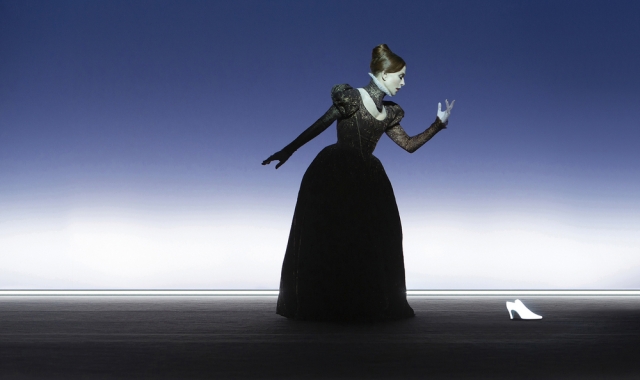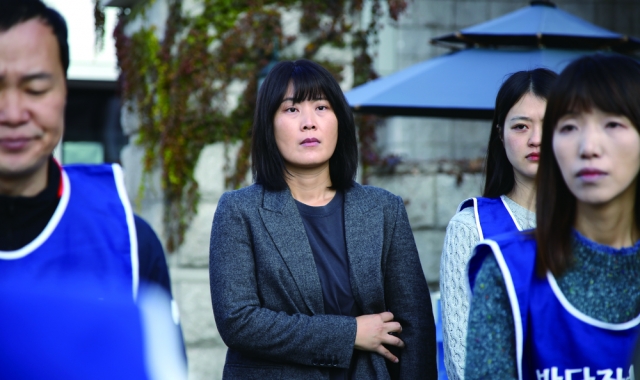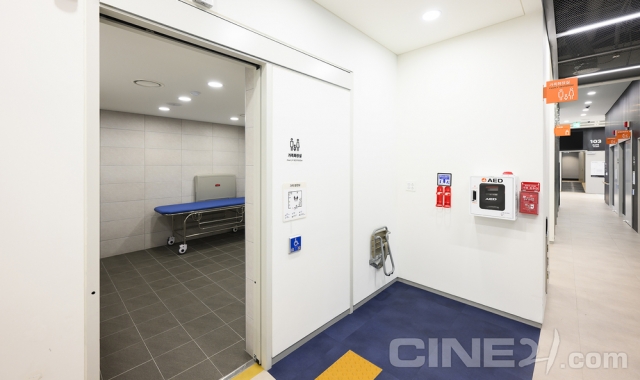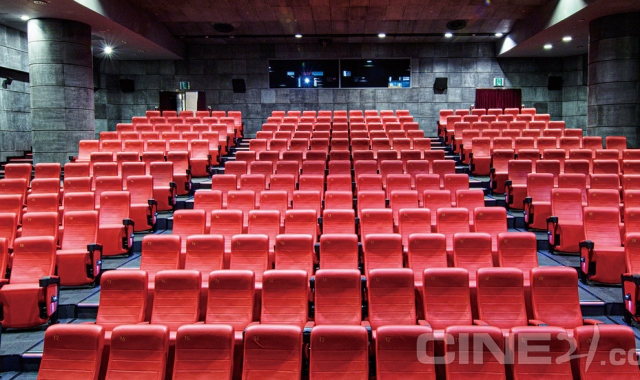
전세계적으로 영화관객 수를 살펴볼 때 가장 높은 객석점유율을 자랑하는 나라들은 아이슬란드, 아일랜드, 미국처럼 국민들이 1년에 평균 대여섯편의 영화를 보는 나라들이다. 최근 영화바람이 불고 나서도 평균적으로 한국인은 1년에 영화를 2.5편 정도 본다. 이 수치를 보고 아이슬란드인이나 미국인들이 한국 사람들보다 영화에 관심이 더 높다고 결론지을 수도 있다.
물론 사정은 그리 단순하지 않다. 평균적인 20대 한국인은 아마 평균적인 20대 미국인만큼이나 (혹은 더 많이) 영화를 챙겨볼 것이다. 차이점은, 많은 나라에서 영화관람은 평생 가는 취미생활인데 반해 한국에서는 대부분의 사람들이 결혼하고 나면 극장을 찾지 않는다는 데 있다. 미국에 가면 부모님과 친구분들이 최신 영화들을 논하는 것을 자주 듣지만, 60대 한국 사람들에게서 그런 얘기를 들어보긴 힘들다. 이런 점은 한국에서 만들어지는 영화의 종류에 직접적으로 영향을 준다. 할리우드에서는 중장년층을 겨냥한 영화를 상당수 제작한다. 결국 오스카상을 놓고 경쟁하게 되는 <씨비스킷>(사진)이나 <콜드 마운틴> 같은 영화들이 이런 부류에 속한다. 많은 젊은이들이 이 영화들을 보기는 하지만, 젊은이들과 더불어 중년층 관객들도 표를 사기 때문에 이들 영화가 이익을 내는 것이다. 그러나 한국에서는 영화가 20대들의 관심을 끌지 못하면 극장흥행에서 잊혀질 운명에 처한다.
이는 영화배우들에게도 밀접한 영향을 끼친다. 할리우드는 나이든 배우, 특히 여배우들에게 꽤 가혹하지만 그럼에도 불구하고 50대에 주연을 맡는 다이앤 키튼, 수잔 서랜던이나 골디 혼 같은 배우들이 있다. 가장 큰 이유는 중장년층 관객이 이들이 주연하는 영화를 보러 감으로써 이 배우들을 지원해주고 있다는 것이다. 1970년대나 80년대에 데뷔를 했던 한국 여배우 중에 여전히 주연을 차지하는 이들은 몇이나 되는가? 놀라운 배우 이미숙을 제외하곤 거의 없다.
항상 이래 왔던 것은 아니다. 1960년대에는 젊은 사람 늙은 사람 할 것 없이 한국인들이 극장을 가득 메웠고, 평균적으로 1년에 대여섯편의 영화를 관람했었다. 당시 흥행을 쥐는 열쇠는 김승호와 황정순 같은 아버지상, 어머니상이 주연인 가족 중심의 코미디와 멜로드라마였다. 하나 그뒤로는 이런 장르가 모두 드라마와 시트콤 형태로 텔레비전으로 옮겨져버렸다.
한국에서 영화관람은 계속 젊은이들만의 영역이 될 것인가? 메가박스, CGV와 롯데시네마 같은 데서는 이를 바꾸기 위해 열심히 노력하고 있다. 중년 주부들이 영화관을 찾도록 마케팅 전략을 개발했고 가족 단위가 많이 사는 주거 중심지에 새로 극장들을 세웠다. 장기적으로 주5일근무도 이들에게 득이 될 수 있다. 10년이나 20년 내 한국에서 더 균형잡힌 관객층이 형성될지 모른다. 이런 일이 일어난다면 우리는 수익성만 아니라 특성 면에서 한국영화가 상당한 변화를 일으키게 될 것을 기대할 수 있다.
In Search of the Older Moviegoer
On a recent visit home to the U.S., I took my parents to see “Love Actually.” There were a lot of young people in the crowd, but I noticed quite a few middle-aged viewers as well. Having become used to the overwhelmingly young audiences that pack Korean theaters, it seemed a novelty to watch a film sitting among people in their 50s and 60s.
If you look at film attendance across the world, the countries that boast the highest rates of attendance are places like Iceland, Ireland, and the U.S., where the average citizen watches 5-6 movies per year. The average Korean, even after the boom of recent years, only watches about 2 1/2 movies a year. One might look at these statistics and conclude that people in Iceland or the U.S. are much more interested in movies than people in Korea.
Of course, it's not so simple. The average 20-year old Korean probably watches as many movies as the average 20-year old American (if not more). The difference is that in many other countries, moviegoing is a lifelong hobby, while in Korea most people stop going to the movies after they get married. When I visit the U.S., I often hear my parents and their friends discussing the latest movies, but I rarely hear such talk from Koreans in their 60s.
This directly affects the kind of movies that are made in Korea. Hollywood makes a significant number of films that are targeted at older viewers. Films like “Seabiscuit” or “Cold Mountain” that end up competing for the Oscars often fall into this category - even though a lot of young people may watch them, the films turn a profit because both young people and middle-aged viewers line up to buy tickets. In Korea, however, if a film doesn't capture the interest of twenty-year olds, then it is more or less doomed to box-office oblivion.
This has implications for actors and actresses as well. Hollywood is not kind to older actors - particularly women - but nonetheless there are still actresses like Diane Keaton, Susan Sarandon, or Goldie Hawn who are cast in starring roles in their 50s. The major reason for this is that older viewers support such stars by going to see their movies. How many Korean actresses who debuted in the 1970s or 1980s still take leading roles? Apart from the amazing Lee Mi-sook, there are hardly any.
It hasn't always been this way. In the 1960s, old and young Koreans alike packed the theaters and the average Korean watched 5-6 movies a year. Family-centered comedies and melodramas starring father and mother figures such as Kim Seung-ho and Hwang Jeong-soon were a force at the box-office. Since then, however, these genres have all moved onto television in the form of TV dramas and sitcoms.
Will moviegoing in Korea always remain the domain of the young? Companies such as Megabox, CGV, and Lotte Cinema are trying hard to change this. They have developed marketing strategies to encourage middle-aged housewives to go to the movies. They have built new theaters in residential areas where many families live. In the long term, a 5-day workweek may work to their advantage as well. Perhaps in 10 or 20 years, Korea will see a more evenly-balanced distribution of viewers. If this comes to pass, we can expect significant changes in the personality as well as the profitability of Korean cinema.






